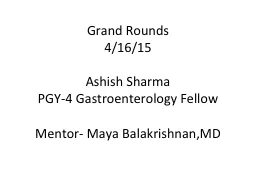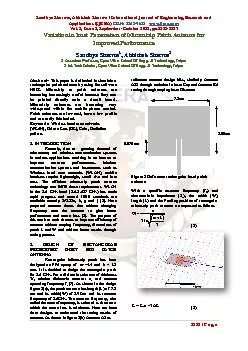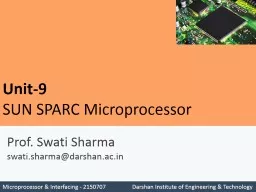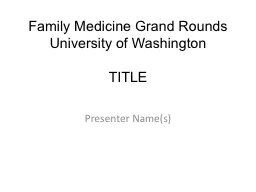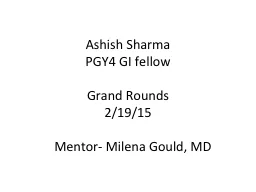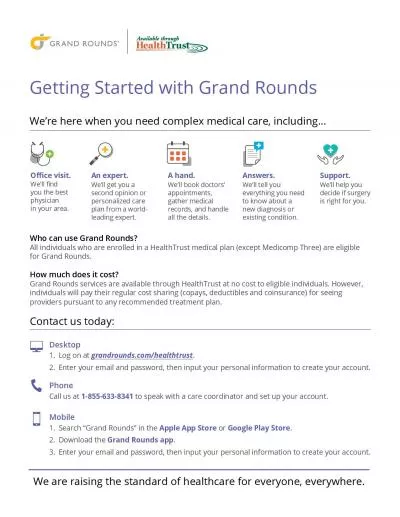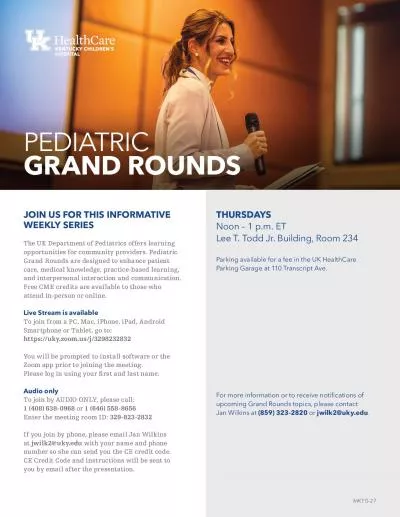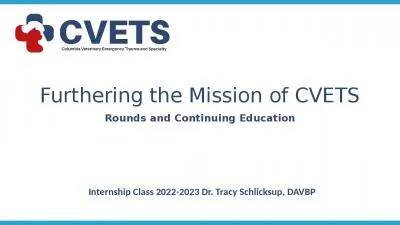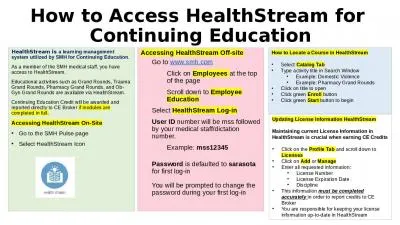PPT-Grand Rounds 4/16/15 Ashish Sharma
Author : discoverfe | Published Date : 2020-06-13
PGY4 Gastroenterology Fellow Mentor Maya BalakrishnanMD Case presentation 54 yo H ispanic female was brought in by her family after recurrent falls She felt
Presentation Embed Code
Download Presentation
Download Presentation The PPT/PDF document "Grand Rounds 4/16/15 Ashish Sharma" is the property of its rightful owner. Permission is granted to download and print the materials on this website for personal, non-commercial use only, and to display it on your personal computer provided you do not modify the materials and that you retain all copyright notices contained in the materials. By downloading content from our website, you accept the terms of this agreement.
Grand Rounds 4/16/15 Ashish Sharma: Transcript
Download Rules Of Document
"Grand Rounds 4/16/15 Ashish Sharma"The content belongs to its owner. You may download and print it for personal use, without modification, and keep all copyright notices. By downloading, you agree to these terms.
Related Documents

